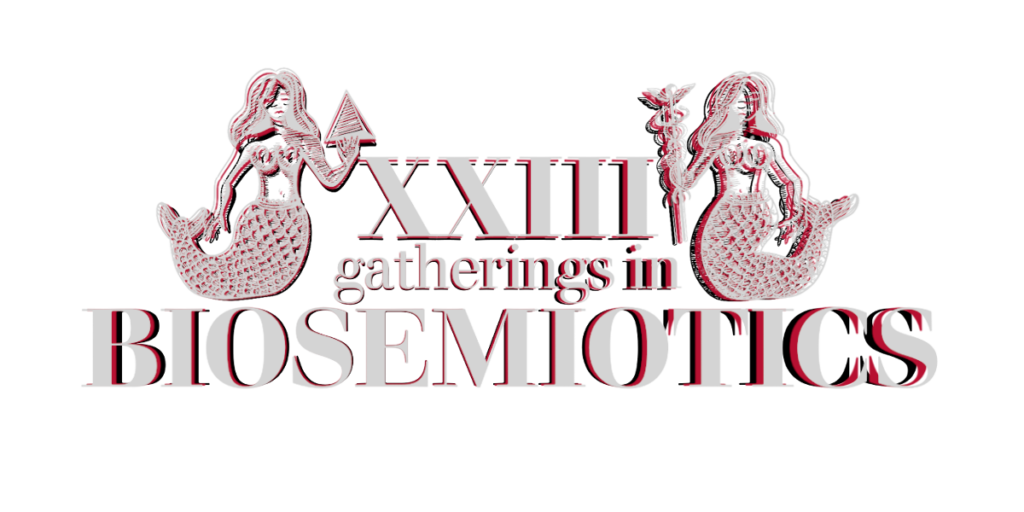A Biosemiotic Approach to Gender: Avoiding Morphological Freedom
This paper proposes a biosemiotic approach to gender. I argue that, in order for biosemiotic theory to be properly relevant for the humanities and social sciences in general, a biosemiotic discourse on gender and sexuality is needed. Also, I explain that a biosemiotic approach to gender is particularly insightful for current debates in cultural studies.
While biosemiotics studies meaning as embodied and environmental and has been recently employed in cultural criticism (Cobley 2016), it did not address gender, so far. Both gender studies and feminism have been founded and dominated by a (post)structuralist array of semiotic theories, which tend to compete with theories that take Peirce’s pragmatism as foundational, such as, par excellence, biosemiotics. Also, the popular construal of gender as performed culturally and through behavior (Butler 1993) rests on analytical philosophy of language, which is at odds with the biosemiotic perspective (Cobley 2016).
Without overlooking the merits of established approaches in gender studies, I unfurl what a biosemiotic view entails for gender and explain the main differences between these two perspectives. To begin with, a biosemiotic approach construes gender according to how gender is involved in the construction of environments (Umwelten), understood as the subjective phenomenal worlds of organisms. As such, gender appears as a continuously evolving dimension of a semiotic agent. More than fluid, gender is never fixed. As from a Peircean perspective knowing subjects are never ‘complete’ selves, neither do they ever arrive at ‘complete’ versions of our gender and sexuality. Further, gender is understood to both depend on and reconfigure the affordances and semiotic competences that an organism has as its disposal in an environment. Hence, gender is conceived not only as limited by the past (natural evolution, cultural constraints) and performed in the present but also in a future-oriented interrogation of what the self may become.
I argue that a biosemiotics interrogation of gender can tackle the currently salient, difficult and controversial notion of morphological freedom, particularly characteristic for transhumanism (Sandberg 2013). This notion holds that, by expanding the mind through science and technology, the morphology of bodies can be rendered obsolete in regard to consciousness and the constitution of agency. While it contradicts decades of philosophy of embodiment, the notion is very difficult to attack without making controversial implications. I explain that a biosemiotic view posits that (material) forms of bodies and in environments (landscapes) play a role in the construction of gender but while still allowing for a transhuman construal of selves as becoming. From this perspective, gender is a present and open becoming towards a variety of possible futures. As such, biosemiotics can make an important step in the direction of Butler’s (1993) proposal to dissolve the dichotomy of culture and materiality through the notion of queerness.
References
Butler, J. (1993). Bodies that matter: On the discursive limits of “sex”. Routledge.
Cobley, P. (2016). Cultural implications of biosemiotics. Springer.
Sandberg, A. (2013). Morphological freedom – why we not just want it, but need it. In: Max More, Natasha Vita-More. Eds. The Transhumanist Reader: Classical and Contemporary Essays on the Science, Technology, and Philosophy of the Human Future, 56-64. John Wiley & Sons.

